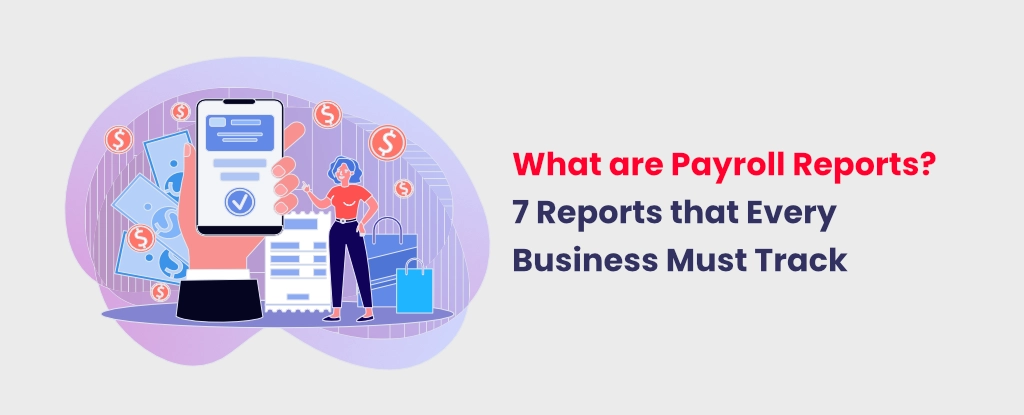Form 1099-K is an IRS (Internal Revenue Service) form that is used to report debit or credit card transactions and payments from third-party settlement organizations (TPSOs) such as PayPal, Venmo, or Square) during the year.
It provides a summary of the total income you’ve earned through these platforms for goods or services you’ve provided. It’s the IRS’s way of ensuring that income from electronic transactions is reported and taxed correctly.
When Do You Need Form 1099-K?
You need a 1099 K form if your customers or clients have paid you directly by credit, debit, or gift card for the goods that you’ve sold to them or for the services that you’ve provided.
A payment app or online marketplace is required to issue you a Form 1099-K if your payments for goods or services exceed $5,000. However, they may still send you a Form 1099-K with lower amounts.
This includes payments for:
- Goods sold, including personal items like clothing or furniture
- Services you provide
- Property rentals
Payments can come from –
- Payment apps
- Online marketplaces
- Craft or maker platforms
- Auction sites
- Car-sharing or ride-hailing platforms
- Ticket resale sites
- Crowdfunding platforms, or
- Freelance marketplaces
Regardless of whether you receive this form, you are obligated to report all income on your tax return. However, payments that you’ve received from family and friends should not be reported on the 1099-K form.
The current reporting thresholds for platforms to provide 1099-K forms are:
- For 2023: Over $20,000 in gross payments and over 200 transactions
- For 2024: Over $5,000 in payments and one or more transactions.
- For 2025: Over $2,500 in payments and one or more transactions.
The Need for 1099-K Form
1. Provides Financial Clarity
The form provides details of your income from specific sources. It makes it easier for you to organize your finances and prepare your tax return.
2. Accurate Income Reporting
The IRS uses Form 1099-K to verify that all your income has been accurately reported. The Internal Revenue Services department matches the amounts listed on the form against the income you have reported on your tax return. Any mismatch can lead to an IRS audit.
3. Compliance with Tax Laws
Form 1099-K can help you keep track of your credit/debit card transactions and third-party network payments and comply with federal tax laws.
Who Issues Form 1099-K?
The form is issued by payment settlement entities, such as:
1. Payment Card Processors: Companies that handle credit and debit card transactions, such as Stripe or Square.
2. Third-Party Payment Networks: Platforms like PayPal, Venmo, and Cash App that process transactions on your behalf.
These entities send a copy of the 1099 K Form to both the recipient (you, the business owner) and the IRS. If payment is done or received through multiple settlement entities, each entity will send a separate 1099-K form.
Information Found on the Form
Understanding the information found on Form 1099-K is key to accurately reporting your income. Here’s what you’ll typically find on the form:
1. Payer Information: The name and contact details of the payment settlement entity issuing the form.
2. Payee Information: Your name, address, and taxpayer identification number (TIN).
3. Box 1a: The total gross amount of reportable transactions. This includes all payments processed during the year through payment cards and third-party network transactions. The gross payment amount isn’t adjusted for any fees, credit, refund, shipping, cash equivalents, and discounts. These items are not counted as taxable income and can be deducted from the gross amount.
4. Box 1b–1d: Breakdowns of transactions, such as the total number of payment transactions.
5. Boxes 2–5: Additional details, such as state taxes withheld (if applicable) and merchant category codes.
Remember, just because a payment is reported on Form 1099-K, doesn’t mean that it’s taxable. Good bookkeeping is important to ensure your income and deductible expenses are reported correctly on your tax return.
What to Do When You Receive Form 1099-K
If you’ve received Form 1099-K, follow these steps to ensure accurate reporting:
1. Verify the Information: Double-check the details on the form, including your name, TIN, and income amounts. If there are errors, contact the issuer to correct them.
2. Compare with Your Records: Match the gross income reported on Form 1099-K with your own business records. Keep in mind that the form shows gross payments, so it may include amounts you refunded to customers, chargebacks, or fees deducted by the payment processor.
3. Report All Income: Include the total amount from Form 1099-K in your business income when filing taxes. Remember, you must report all income, even amounts not included on the form, such as payments you receive in cash, property, goods, or digital assets.
4. Deduct Fees and Refunds: While Form 1099-K reports gross income, you’re allowed to deduct business expenses like transaction fees, refunds, or costs of goods sold. Maintain clear records to substantiate these deductions.
5. Work with a Tax Professional: If you’re unsure how to handle Form 1099-K or its implications for your taxes, consult an experienced tax professional. They can provide guidance and ensure compliance with IRS regulations.
Common Issues & How to Solve Them
Form 1099-K can be a source of confusion for many business owners. Here are some common issues that you may face along with tips to resolve them:
1. Duplicate Reporting
If you operate on multiple platforms, you may receive multiple 1099-K Forms for the same income. Ensure that you don’t accidentally report the same income twice.
2. Personal Payments Included
Payments classified as business income may occasionally include personal transactions. For example, Venmo payments from friends could be mistakenly reported. Keep separate accounts for business and personal use to avoid this issue.
3. Discrepancies in Gross Amounts
The gross amount on Form 1099-K may differ from what you expected due to refunds, chargebacks, or adjustments. You must maintain a detailed transaction record to reconcile these differences.
Best Practices for Managing Form 1099-K
To stay ahead of tax obligations related to Form 1099-K, follow these best practices:
1. Separate Business and Personal Finances
Use dedicated accounts for business transactions to avoid confusion and ensure accurate reporting.
2. Maintain Detailed Records
Keep track of all transactions, including fees, refunds, and adjustments. Well-organized records simplify tax preparation and reduce errors.
3. Monitor Thresholds
Stay informed about the applicable threshold and ensure your records reflect all transactions, even those below the reporting limit.
4. Leverage Accounting Software
Tools like QuickBooks or Xero can help automate transaction tracking, making it easier to reconcile Form 1099-K with your books.
Final Words
By keeping accurate records, staying organized, and seeking professional advice, you can handle Form 1099-K confidently and focus on growing your online business. With the right approach, tax season becomes less of a headache.


